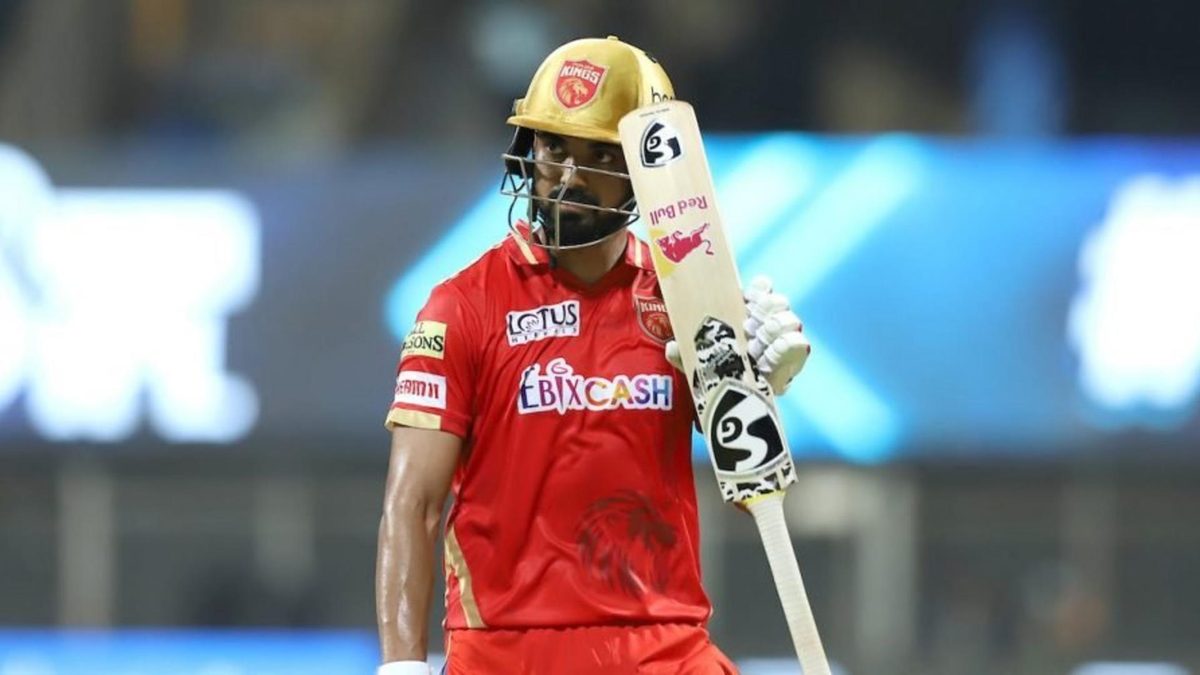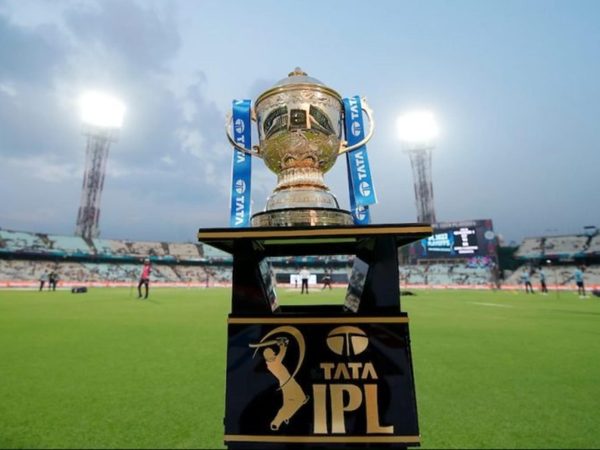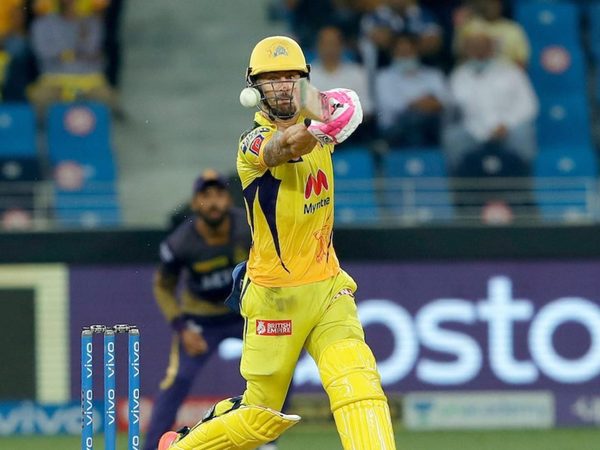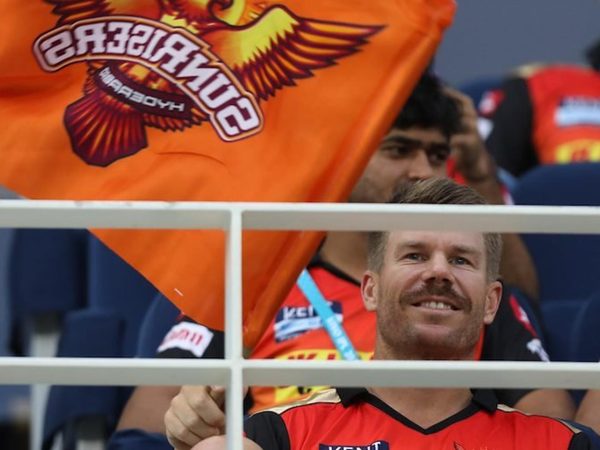
Often in the spotlight for his contentious approach at the top of the order, KL Rahul returned to the IPL with a refurbished gameplan, which could well be the template he needs to follow for the rest of the season.
Subscribe to the Wisden Cricket YouTube channel for post-match awards, player interviews, analysis and much more.
“Strike-rates are very, very overrated.”
KL Rahul’s comment on T20 batting’s most vital metric kicked up quite a storm during last year’s IPL, much like his own batting approach throughout the season. Rahul’s cautious, almost restrained style polarised the cricketing community: as he ended up with more runs than anyone in the edition, many felt that the controlled approach was doing more harm than good to the team.
There were enough reasons for the raised eyebrows: only thrice in 14 innings did his strike-rate cross 130. And he seemed to be following the same template again and again, starting off fluently in the powerplay before losing steam as the middle overs came about, and almost ending with a half-baked, neither here nor there knock. The season strike-rate also dipped appreciably: he ended with a strike-rate of 129.34 in the season, as compared to 135.38, 158.41 and 146.49 in the previous seasons. He went home with the Orange Cap, but Punjab, languishing at the bottom at one point, could only end up sixth on the table.
On Monday, leading out the rechristened Punjab side out, KL Rahul’s near-century almost ended in a Punjab loss, but this time, it wasn’t his sluggish batting that had necessarily hurt their chances. With a 50-ball 91 that was dissimilar to his approach last year, Rahul laid a template for how he should bat throughout the season.
With Mayank Agarwal departing early, Rahul decided to be watchful in the powerplay and start steadily, giving space for Chris Gayle to do his thing. Off the first 13 balls, Rahul collected 15 runs, hitting just a solitary four – by the same time, Gayle had ambled to 14 off 14. For the next three overs, Gayle switched to second gear, but Rahul was still content with playing second-fiddle, even if it meant not having much of the strike. In fact, by the 10th over, Rahul had only played 22 deliveries.
According to CricViz, KL Rahul’s ‘Attacking Rating’ in the powerplay stood at 126, as compared to 15o last season. It was a distinct change in approach, amplified by the fact that he didn’t take much of the strike in the first half.
When Gayle departed in the tenth over, Rahul was on 32 off 22 balls – from that point, the middle-order challenge began for him. Off the next ten balls, he added a further 22 runs. In hindsight, Deepak Hooda’s promotion ahead of Nicholas Pooran helped him play without restraint, given that Hooda was out there with the solitary aim of taking the attack to the opposition. The two added 105 runs in less than eight overs and elevated PBKS to a massive total. Outside the powerplay, Rahul ended with 56 runs off just 27 balls.
91 runs
50 balls
7 fours
5 sixesOne incredible knock by KL Rahul!#IPL2021 #RRvsPBKS pic.twitter.com/mL6SvG1QaP
— Wisden India (@WisdenIndia) April 12, 2021
Perhaps, it was the inconsistency of the middle order that was forcing Rahul to bat a certain way last year. Glenn Maxwell misfired spectacularly and the domestic Indian batsmen weren’t up to the mark, leaving the top three with plenty to do. In Mumbai, Rahul looked liberated despite Mayank’s exit, and wasn’t afraid to turn adventurous in the second half of his innings, best exhibited by an audacious scoop off Chris Morris that went over the fine-leg fence, taking him into the 70s. It was almost as if we had been transported to a few years ago, where a red-hot Rahul was taking bowling attack apart without a care in the world.
It’s a win-win situation for both the team and for Rahul, who then has more time to end up with an impactful, match-defining knock, while giving the subsequent batsmen even cushioning to get in their rhythm. That said, the upcoming matches might always tempt Rahul to fall back to his safer, more conservative approach – not always will he be in a similar situation, not every day will Deepak Hooda come up with a 28-ball 64, and bowling attacks won’t be as rusty to keep feeding length balls for him to hit away. Yet, with a breezy 91-run knock, Rahul came out of his self-imposed shell to do what he does best: play attacking, intent-filled cricket, with none of the strike-rate whispers affecting him. More of this, please.








